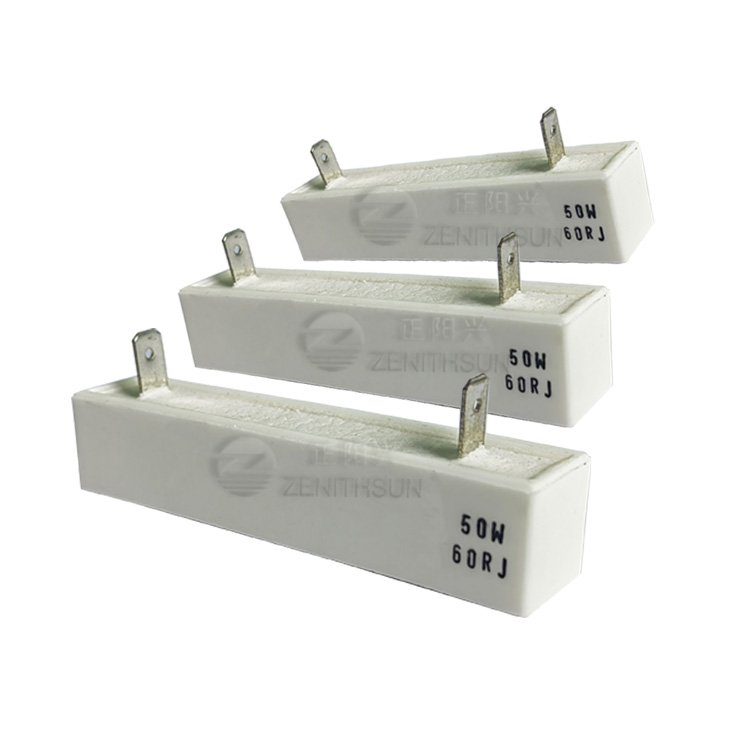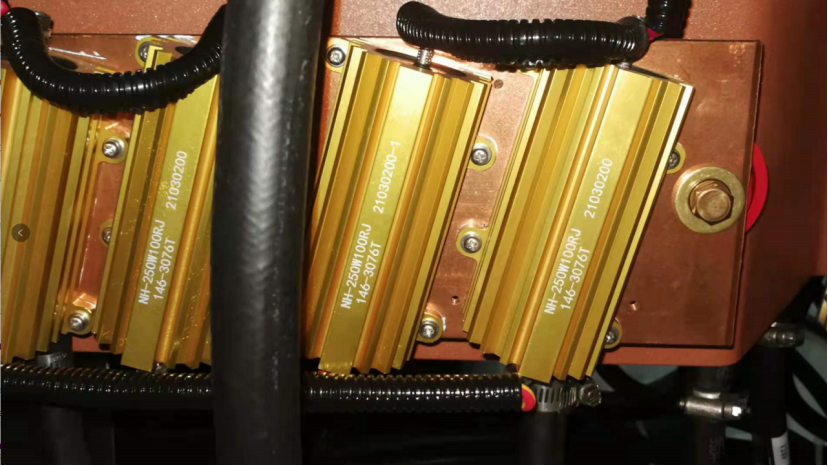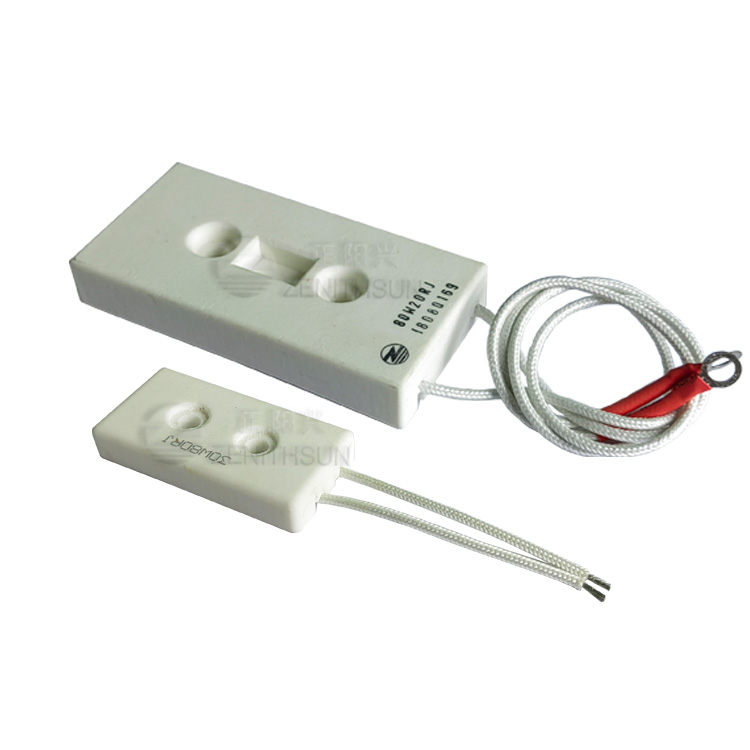Cement resistors are resistors sealed with cement. It is to wind the resistance wire around the non-alkali heat-resistant porcelain piece, and add heat-resistant, moisture-resistant and corrosion-resistant materials to protect and fix the outside, and put the wire-wound resistor body into the square porcelain frame, using special non-flammable and heat-resistant materials.
It is filled and sealed with cement. There are two types of cement resistors: ordinary cement resistors and cement wire-wound resistors. Cement resistors are a type of wire-wound resistors. They are high-power resistors and can allow the passage of larger currents. , its function is the same as that of a general resistor, but it can be used in situations with large current, such as being connected in series with a motor to limit the starting current of the motor. The resistance value is generally not large. Cement resistors have the characteristics of large size, shock resistance, moisture resistance, heat resistance, good heat dissipation, and low price. They are widely used in power adapters, audio equipment, audio frequency dividers, instruments, meters, televisions, automobiles and other equipment. Let’s talk about the role of cement resistors in power circuits.
1. The power supply current limiting function is usually connected to the main voltage +300V and the E and C poles of the power switch tube. The function is to prevent the power supply from being destroyed and damaging its components when the power is turned on.
2. The power supply starting resistor, the resistance between the power tube and the starting circuit is connected across +300V. The voltage drop and current are large, so cement resistors with larger power are also used.
3. The peak pulse absorption circuit between the B, C, and E poles of the power switch tube also uses high-power cement resistors, which also protect the power switch tube.









